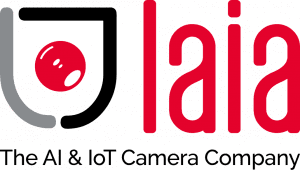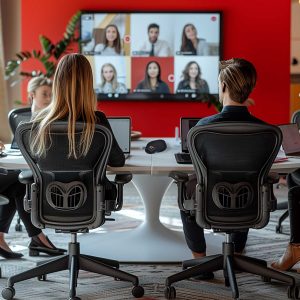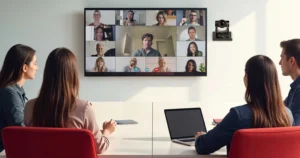Privacy covers for videoconferencing cameras
In the age of video conferencing and remote work, video conferencing cameras have become essential tools in virtually every industry, from corporate enterprises to hospitals, government offices and educational classrooms. However, the frequent use of video calls also brings with it the risk of cyberattacks, in which cameras are accessed without authorization to spy on or collect sensitive information. Privacy covers for video conferencing cameras are a simple but effective solution to protect security and confidentiality in these environments. In the following, we will explore the importance of these covers and their impact on key industries.
What are privacy covers for video conferencing cameras?
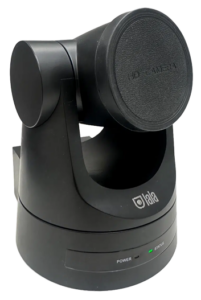
Privacy covers are physical devices that cover the lens of a camera. They work by sliding or closing a cover when the camera is not needed, physically blocking its field of view. This ensures that the camera cannot capture images or video without the user's explicit consent, acting as a security barrier against unauthorized access.
Why are privacy caps important in critical sectors?
The use of privacy caps is critical in industries that handle sensitive information or must ensure data confidentiality. Here we look at specific risks in sectors such as corporate, medical, government and education, and how these privacy caps help mitigate them.
Corporate Sector
In the corporate environment, privacy and intellectual property protection are essential. Cameras activated without authorization can expose strategic plans, development research, financial or confidential data, and even passwords visible on an employee's desktop. In addition, in shared offices or remote work, employees can conduct video conferences from their homes, a space where personal and work elements mix.
Privacy covers:
- Prevent corporate espionage: Protect against the leakage of trade secrets or confidential documents that can be seen on screen or in the environment.
- Prevent possible leaks of sensitive data: Reduce the risk of exposure of information that could compromise the company's image and operations.
Medical Sector
In hospitals, clinics and medical practices, video conferencing between doctors, patients and healthcare staff has become commonplace, especially for telemedicine consultations. However, the vulnerability of webcams can pose a serious threat to patient privacy.
- Ensure patient privacy: They block unauthorized access to cameras during medical consultations or confidential meetings, protecting medical information.
- Comply with privacy regulations: Help comply with privacy laws in the protection of patients' medical and personal data, safeguarding the trust and legality of healthcare services.
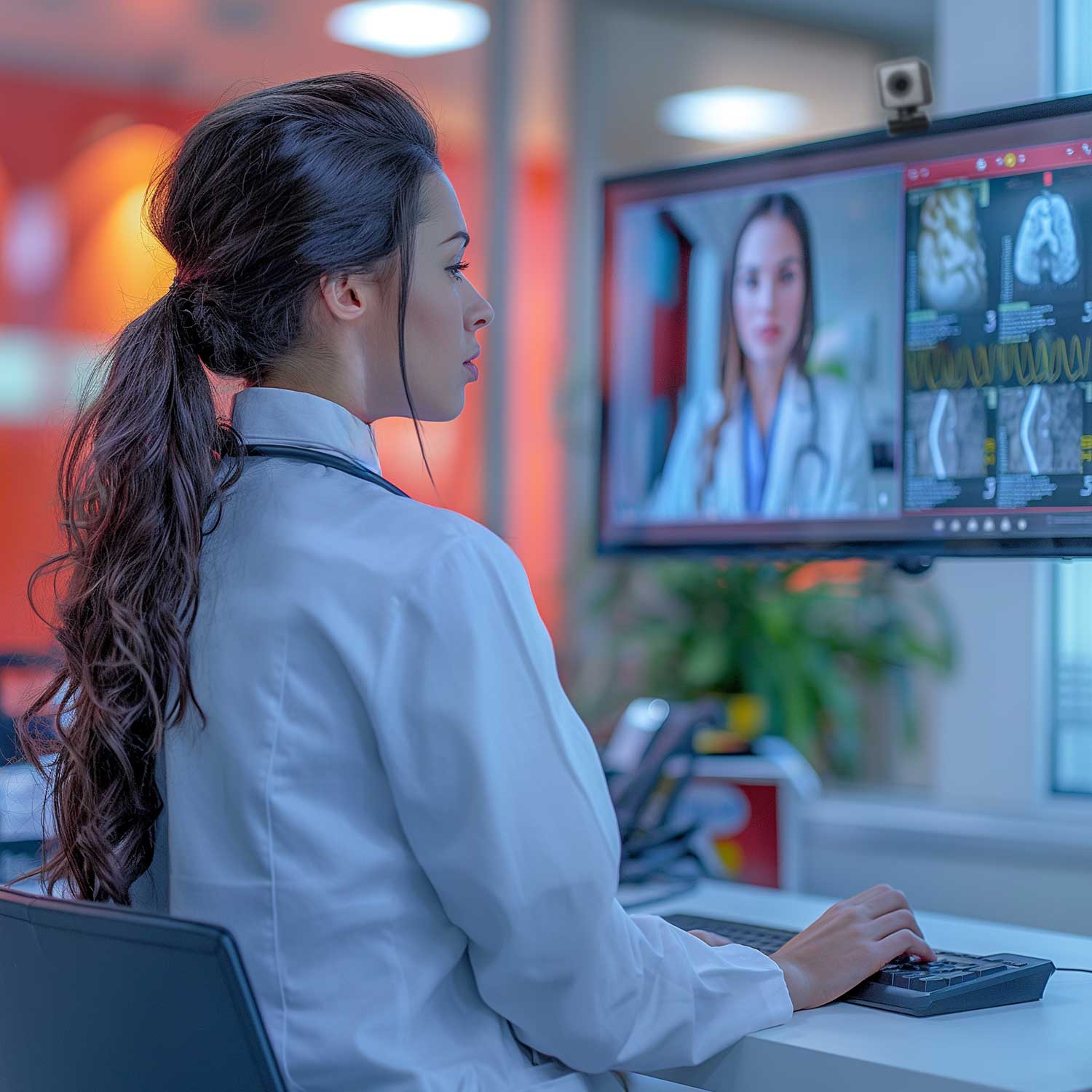
3. Government Sector
The government sector handles highly sensitive information that directly affects the security of citizens and the integrity of the nation. Strategic meetings, political discussions and critical decision making are some of the elements that are carried out with the help of videoconferencing tools. An attack or digital espionage in this environment could represent a national security risk, as the information could be used to manipulate decisions or expose classified data.
- Protect national security: They act as a physical defense against foreign or local espionage, ensuring that government devices are not remotely activated.
- Safeguard confidential decisions: They ensure the privacy of meetings and decisions that are crucial to a country's policy and security.
Education Sector

In education, the use of webcams has increased exponentially, especially in distance education. However, unauthorized access to cameras in virtual classrooms poses risks, as it could violate the privacy of students or teachers. In addition, in the case of minors, it is especially important to have protective measures in place to ensure their online safety.
Privacy covers are a simple and cost-effective solution, but with great impact in protecting privacy and security in critical sectors. In a world where technology is fundamental to the functioning of the corporate, medical, governmental and educational sectors, these privacy covers offer an additional defense against cyber threats, meeting both privacy standards and user peace of mind. Protecting our cameras is not only an individual security measure, but a necessary step in safeguarding the information and integrity of critical sectors.

